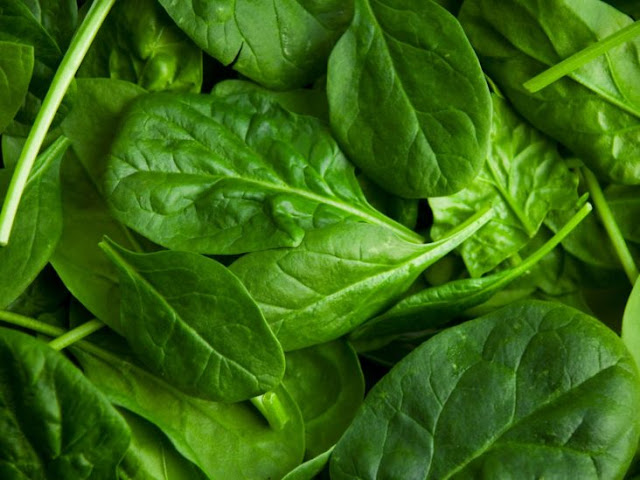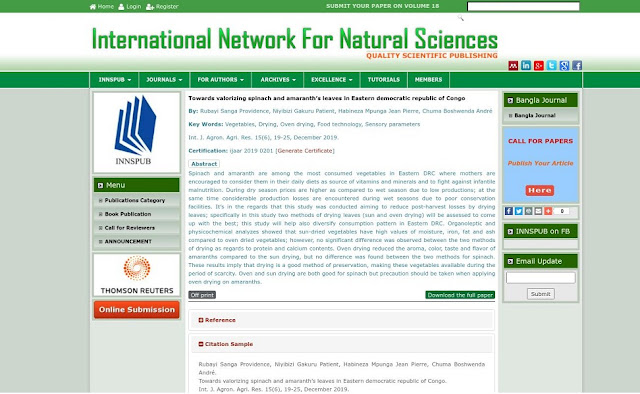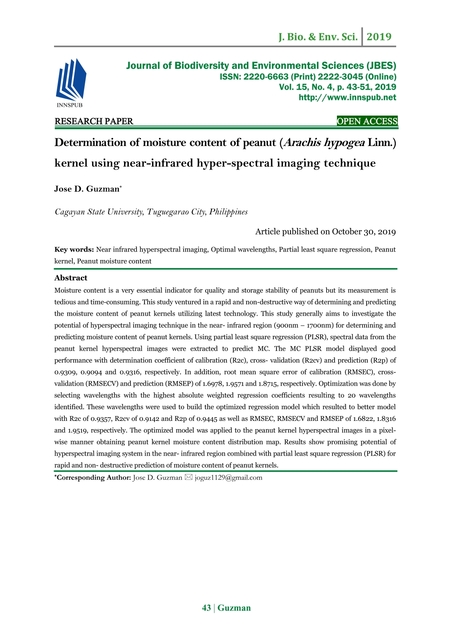Rubayi Sanga Providence, Niyibizi Gakuru Patient, Habineza Mpunga Jean Pierre and Chuma Boshwenda André wrote a research paper on spinach and amaranth’s vegetables, entitle of "Towards valorizing spinach and amaranth’s leaves in Eastern democratic republic of Congo"
Spinach and amaranth are among the most consumed vegetables in Eastern DRC where mothers are encouraged to consider them in their daily diets as source of vitamins and minerals and to fight against infantile malnutrition. During dry season prices are higher as compared to wet season due to low productions; at the same time considerable production losses are encountered during wet seasons due to poor conservation facilities.
 It’s in the regards that this study was conducted aiming to
reduce post-harvest losses by drying leaves; specifically in this study
two methods of drying leaves (sun and oven drying) will be assessed to
come up with the best; this study will help also diversify consumption
pattern in Eastern DRC. Organoleptic and physicochemical analyzes showed
that sun-dried vegetables have high values of moisture, iron, fat and
ash compared to oven dried vegetables; however, no significant
difference was observed between the two methods of drying as regards to
protein and calcium contents. Oven drying reduced the aroma, color,
taste and flavor of amaranths compared to the sun drying, but no
difference was found between the two methods for spinach. These results
imply that drying is a good method of preservation, making these
vegetables available during the period of scarcity. Oven and sun drying
are both good for spinach but precaution should be taken when applying
oven drying on amaranths.
It’s in the regards that this study was conducted aiming to
reduce post-harvest losses by drying leaves; specifically in this study
two methods of drying leaves (sun and oven drying) will be assessed to
come up with the best; this study will help also diversify consumption
pattern in Eastern DRC. Organoleptic and physicochemical analyzes showed
that sun-dried vegetables have high values of moisture, iron, fat and
ash compared to oven dried vegetables; however, no significant
difference was observed between the two methods of drying as regards to
protein and calcium contents. Oven drying reduced the aroma, color,
taste and flavor of amaranths compared to the sun drying, but no
difference was found between the two methods for spinach. These results
imply that drying is a good method of preservation, making these
vegetables available during the period of scarcity. Oven and sun drying
are both good for spinach but precaution should be taken when applying
oven drying on amaranths.Towards valorizing spinach ... by International Network For N...


















